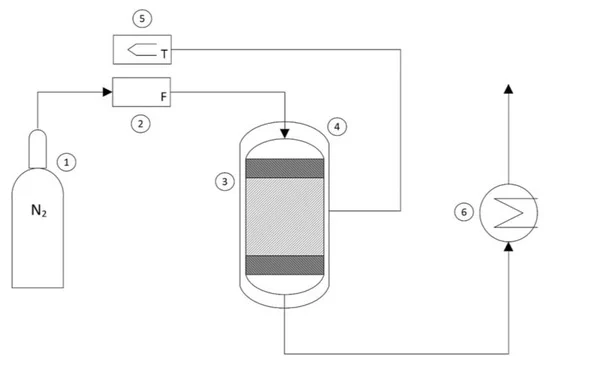Valorization of Iron (II) Oxalate Dihydrate Coming from Pickling Processes through Thermal Conversion
Emiliano Salucci, Antonio D’Angelo, Antonio Fabozzi, Osvalda Senneca, Francesco Bellucci, Rosa Francesca, Henrik Grénman, Henrik Saxen, Martino Di Serio, Vincenzo Russo
Materials (2024) 17, 18, 4630
https://doi.org/10.3390/ma17184630
Abstract
The valorization of industrial byproducts is an emerging practice that aims to transform waste materials generated during production processes into valuable resources. In this work, a preliminary study was carried out on the thermal conversion of an industrial solid byproduct resulting from the pickling of metal surfaces, mainly containing iron (II) oxalate. In a fixed-bed reactor, the thermal conversion was investigated as a function of the operating temperature and overall time. The starting material and the products obtained after heat treatment were characterized in detail, using numerous qualitative and semi-quantitative techniques. The aim of this research was to determine the optimal operating conditions for the transformation of the industrial byproduct into a high-quality product. By varying the operating conditions, it was found that complete conversion of iron (II) oxalate to magnetite was achieved at high temperatures (i.e., 773 K and 873 K) after one hour of treatment. The resulting product had a low degree of crystallization, which increased slightly with an increasing reaction time at a temperature of 873 K, reaching a maximum of about 11%. The magnetite obtained can be used in the future as a starting material for chemical looping processes as a chemical/energy carrier for the production of hydrogen.

